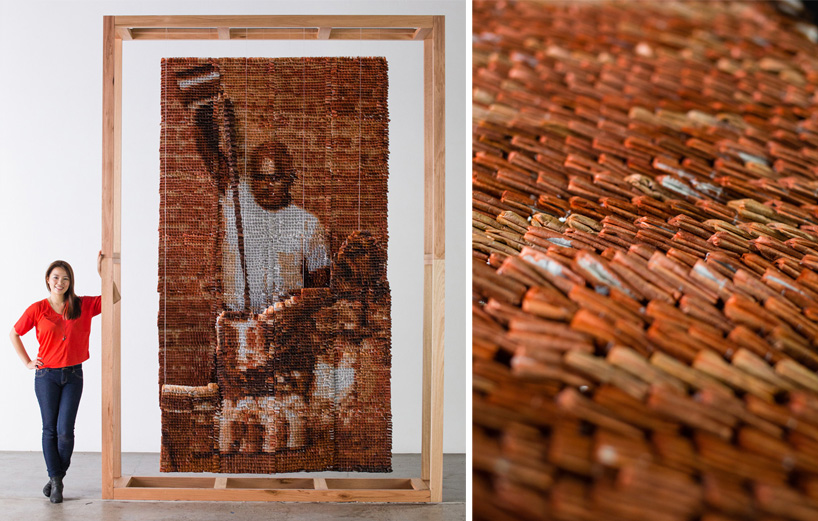Take a 2 minute and 25 second break to watch this video:
Patients want physicians in practice to be passionate about the care they deliver. This passion can be expressed in a multitude of ways including the time we spend at the bedside as well as in the care we take in meticulously reconciling the medical record. Whether we agree with it or not, our documentation of care is in part an artistic expression. It seems there is much pressure to "Standardize" documentation and many argue that would be analogous to saying only water-colors can be used to create art. I submit to you that standardization does not need to have any impact on the artistic expression of our care.
I will never forget the day during my residency when on rounds a well-respected Critical Care attending faculty member was annoyingly flipping through the chart and stopped at my note and said, "Finally, a note that will tell me what's going on with this guy!" Aside from being one of the greatest moments of my professional life, this seemingly minor event showcases the importance of good documentation on care delivery. It also suggests that there is often an emotional response when our documentation is the topic of discussion. Understandably so as our professional reputation and ultimately our entire livelihood is built upon these notes.
One of the main criticisms of electronic documentation is the advent of the Structured Field. Even my 9 year old will agree that "The patient has right-sided chest pain exacerbated by palpation and deep breathing with associated shortness of breath" is more meaningful than: "Location: R, SOB: Y, Chest Pain: Y, Other: pleuritic, exac. by palpation". Even though natural language processing is slowly bridging this gap, it is imperative that we preserve this age-old notation, otherwise known as narrative or prose, and use technology whenever appropriate/possible to meet emerging demands/standards.
These tenants of documentation are fundamental to the process of clinical evaluation and though the electronic record might seem to lead us astray from established practices, it remains up to us to choose the frame and the matte for our Art.
Patients want physicians in practice to be passionate about the care they deliver. This passion can be expressed in a multitude of ways including the time we spend at the bedside as well as in the care we take in meticulously reconciling the medical record. Whether we agree with it or not, our documentation of care is in part an artistic expression. It seems there is much pressure to "Standardize" documentation and many argue that would be analogous to saying only water-colors can be used to create art. I submit to you that standardization does not need to have any impact on the artistic expression of our care.
I will never forget the day during my residency when on rounds a well-respected Critical Care attending faculty member was annoyingly flipping through the chart and stopped at my note and said, "Finally, a note that will tell me what's going on with this guy!" Aside from being one of the greatest moments of my professional life, this seemingly minor event showcases the importance of good documentation on care delivery. It also suggests that there is often an emotional response when our documentation is the topic of discussion. Understandably so as our professional reputation and ultimately our entire livelihood is built upon these notes.
One of the main criticisms of electronic documentation is the advent of the Structured Field. Even my 9 year old will agree that "The patient has right-sided chest pain exacerbated by palpation and deep breathing with associated shortness of breath" is more meaningful than: "Location: R, SOB: Y, Chest Pain: Y, Other: pleuritic, exac. by palpation". Even though natural language processing is slowly bridging this gap, it is imperative that we preserve this age-old notation, otherwise known as narrative or prose, and use technology whenever appropriate/possible to meet emerging demands/standards.
These tenants of documentation are fundamental to the process of clinical evaluation and though the electronic record might seem to lead us astray from established practices, it remains up to us to choose the frame and the matte for our Art.

